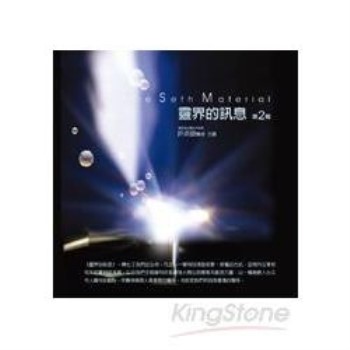The two distinct approaches to environmental policy include direct regulation-sometimes called 'command and control' policies-and regulation by economic, or market-based incentives. This book is the first to compare the costs and outcomes of these approaches by examining realworld applications. In a unique format, paired case studies from the United States and Europe contrast direct regulation on one side of the Atlantic with an incentivebased policy on the other. For example, Germany's direct regulation of SO2 emissions is compared with an incentive approach in the U.S. Direct regulation of water pollution via the U.S. Clean Water Act is contrasted with Hollands incentive-based fee system. Additional studies contrast solutions for eliminating leaded gasoline and reducing nitrogen oxide emissions, CFCs, and chlorinated solvents. The cases presented in Choosing Environmental Policy were selected to allow the sharpest, most direct comparisons of direct regulation and incentive-based strategies. In practice, environmental policy is often a mix of both types of instruments. This innovative investigation will interest scholars, students, and policymakers who want more precise information as to what kind of 'blend' will yield the most effective policy. Are incentive instruments more efficient than regulatory ones? Do regulatory policies necessarily have higher administrative costs? Are incentive policies more difficult to monitor? Are firms more likely to oppose market-based instruments or traditional regulation? These are some of the important questions the authors address, often with surprising results.
| FindBook |
有 1 項符合
Choosing Environmental Policy: Comparing Instruments And Outcomes In The United States And Europe的圖書 |
 |
Choosing Environmental Policy: Comparing Instruments And Outcomes In The United States And Europe 作者:Harrington 出版社:Taylor & Francis 出版日期:2004-09-16 語言:英文 規格:平裝 / 296頁 / 23.6 x 15.5 x 1.5 cm / 普通級 |
| 圖書館借閱 |
| 國家圖書館 | 全國圖書書目資訊網 | 國立公共資訊圖書館 | 電子書服務平台 | MetaCat 跨館整合查詢 |
| 臺北市立圖書館 | 新北市立圖書館 | 基隆市公共圖書館 | 桃園市立圖書館 | 新竹縣公共圖書館 |
| 苗栗縣立圖書館 | 臺中市立圖書館 | 彰化縣公共圖書館 | 南投縣文化局 | 雲林縣公共圖書館 |
| 嘉義縣圖書館 | 臺南市立圖書館 | 高雄市立圖書館 | 屏東縣公共圖書館 | 宜蘭縣公共圖書館 |
| 花蓮縣文化局 | 臺東縣文化處 |
|
|
內容簡介
作者簡介
Winston Harrington is a senior fellow in the Quality of the Environment division at Resources for the Future (RFF), where he began as a research associate in 1976. His interests include urban transportation, motor vehicles and air quality, and problems of estimating the costs of environmental policy. He has worked extensively on the economics of enforcing environmental regulations, the health benefits derived from improved air quality, the costs of waterborne disease outbreaks, endangered species policy, federal rulemaking procedures, and the economics of outdoor recreation. Harrington has written or coauthored five books and numerous book chapters. In October 2000, he won the Vernon Award of the Association of Public Policy Analysis and Management for a paper he coauthored, ’On the Accuracy of Regulatory Cost Estimates.’ Harrington has served as a consultant to U.S. state and federal governments, the World Bank, and the Harvard Institute for International Development and has worked in Lithuania, Mexico, and Poland. He also is on the adjunct faculty at Georgetown University. Winston received his Ph.D. in city and regional planning and A.B in mathematics from the University of North Carolina, Chapel Hill; and his M.A. in mathematics from Cornell University. Dick Morgenstern joined RFF in 1995 as a visiting scholar, and is currently a senior fellow in RFF’s Quality of the Environment division. His research focuses on the economic analysis of environmental issues with an emphasis on the costs, benefits, evaluation, and design of environmental policies, especially economic incentive measures. His analysis also focuses on climate change, including the design of cost-effective policies to reduce emissions in the United States and abroad. Immediately prior to joining RFF, Morgenstern was senior economic counselor to the undersecretary for global affairs at the U.S. Department of State, where he participated in negotiations for the Kyoto Protocol. Previously he served at
|










